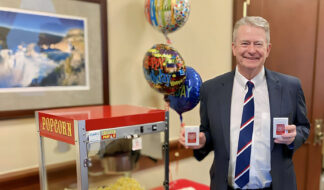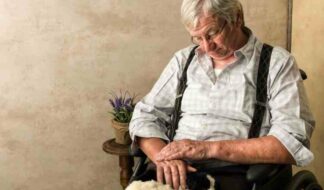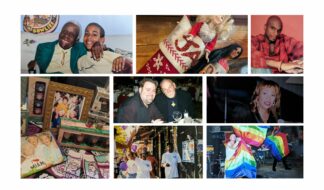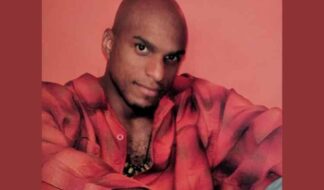I'm amazed at the number of magazines currently on display in megamarkets like Barnes & Noble and Border's. Market Research Reports over 1500 titles in circulation.
It seems a catchy title rolls off the high-gloss presses monthly: Modern Drunkard, Kitchen Sink, Guilt & Pleasure, Oxygen, The Walrus, Lip, Artichoke, and Ill Magazine. Gay imports include Axm; ReFresh (Britain), and DNA (Australia).
Quiz: What magazine has the world's largest circulation? Answer: The Watch Tower, a Jehovah Witness tabloid: 26.5 million copies monthly, in every language but Igpay-Atinlay. Oink! Oink!
I often wonder about the number of individual copies sold of certain items, sometimes counting numbers between visits. Some outlets sell one or two copies. But economics doesn't depend primarily on copies sold or on subscribers. Advertising gets the publication off the ground and successfully airborne.
Big bucks are spent on ads. (Life partners Dominico Dolce & Stephanno Gabbana clothing spreads are stunningly homoerotic, gorgeous to look at — but "hard on" young consumer pocketbooks.)
And old magazines — back issues — often go at premium dollar. (I paid $35 for a December 1941 Fortune Magazine, condition excellent. I know I can get much more than that for it on e-Bay.) I learned recently from an e-Bay devotee that issues of physique magazines, say from the 60s, 70s and 80s, are getting two and three times their initial price — if one wants to take the trouble to do on-line pandering for fun and profit.
Somehow or other Kevin Rogers, LGBT activist and jovial Just 4 Us owner, got hold of hundreds of old issues of Mandate, Blue Boy, and Young Physique. A nostalgia bouquet! Looking over these issues provides an interesting — er, sociological — perspective on "queer today, gone tomorrow" models, modes, and manners of gay times past.
I did, however, find a real non-salacious gem among these trick teaser mags: a copy of "Rapping Paper," dated October 1976 (the year I turned 25 for the 15th time). Subtitled "For and about Gay Mid America," RP provided then current news and a low down on what's going on in gay spots Detroit, Saginaw, Flint, Bloomington, Ann Arbor, Toledo, and Bowling Green.
It's a step into the past 30 years ago. Here's a quick look-see of a pre-AIDS world, when we celebrated America's BiCentennial Year with bell bottoms, 'Fros, and disco.
+The first regularly scheduled, commerically sponsored television show in the United States. prepared by and for members of the gay community debuts on WKID-TV. Channel 51 (UHF) in Miami. Entitled: The Blueboy Forum. ("There are presently 29 weekly gay radio shows nationally in 14 states, but none on television.")
+The Ann Arbor Gay Community Services Center had its Grand Opening September 10, attended by over 60 gay men and women. Location: 612 S. Forest, Suite B (nightly M-F, 7 to 11 p.m.).
+Rapping Paper lists these bars: Blue Boy Lounge, Casbah, Escape, Gold Coast, Gigi's, Gas Station ("celebrates its first anniversary"), Bookie's. Tiffany's, Interchange ("Tribe is having a barn sale."), Menjo's, The Woodward, Iron Hinge, Todd's Sway Lounge, and The Flame (AA).
+President Gerald Ford at Ann Arbor, tells 50 students from Gay Space: "Homosexuality appears to be a problem in the minds of a good many Americans, some 215 million of them. My attitude is very judicious, very unprejudiced." [2006 population: 299 million.]
In 1975, President Ford's life was saved from an assassin's bullet by native Detroiter, U.S. Marine Corps sergeant, Oliver Sipple. Sipple was outed nationally; died a loner in 1989. President Ford is now 92 — presumably still judicious and unprejudiced, if just a tad feeble.
Topics:
Opinions









